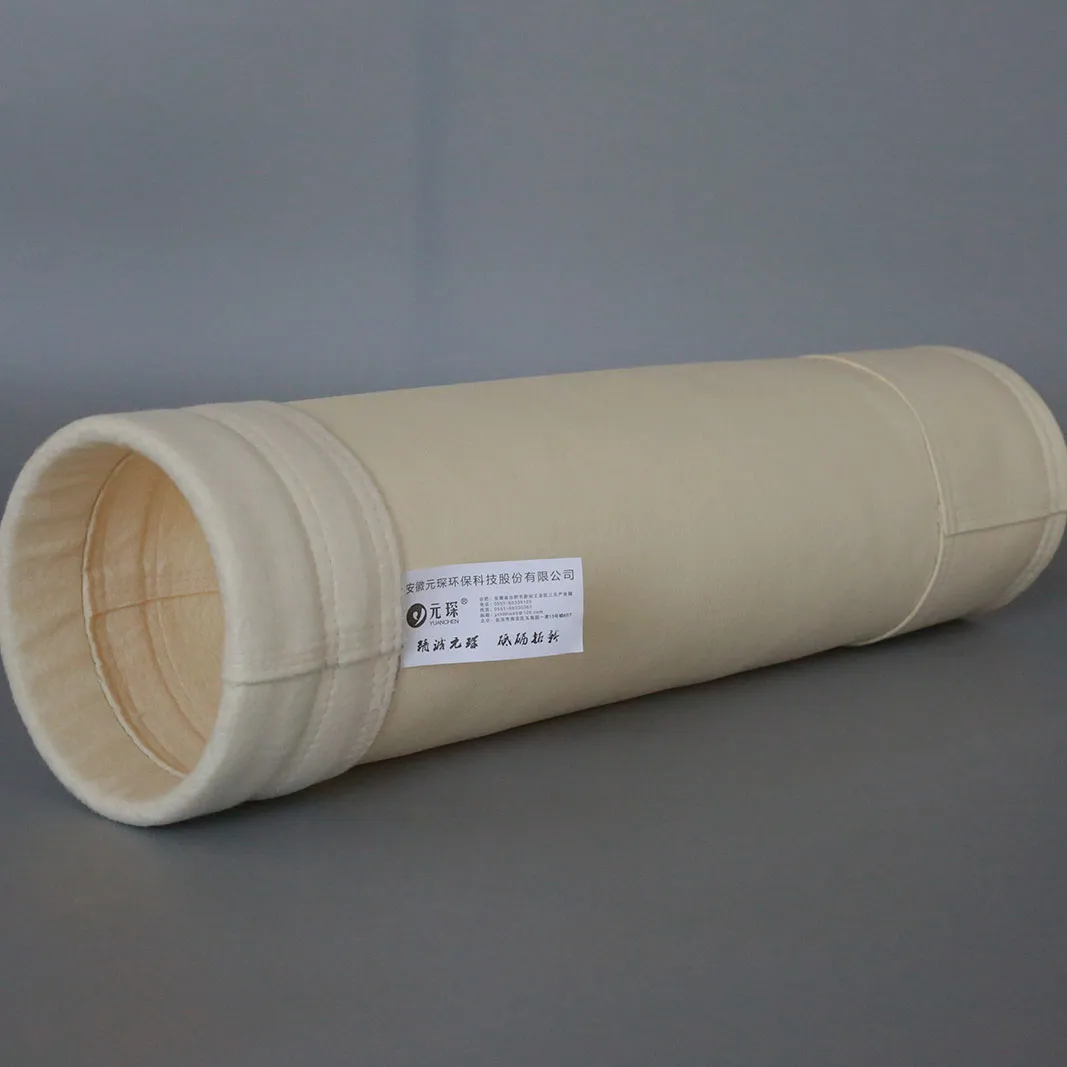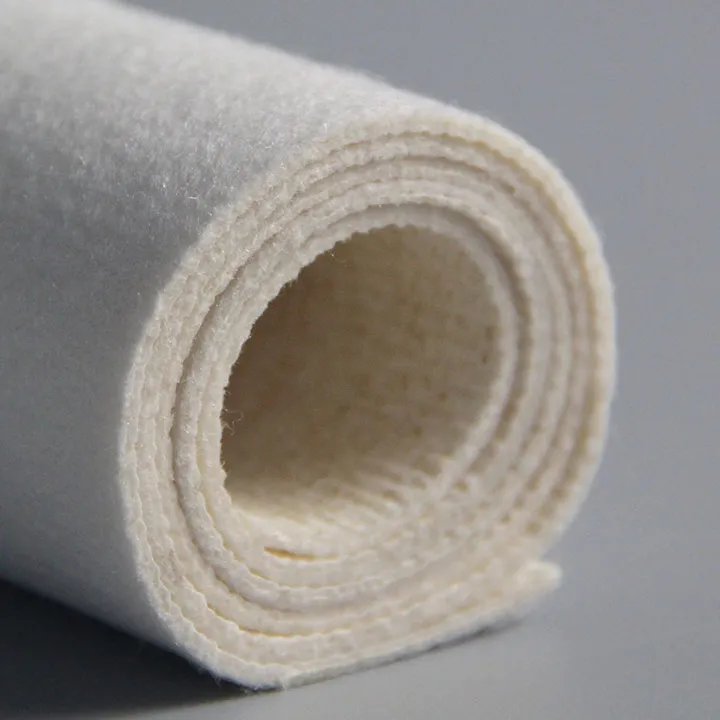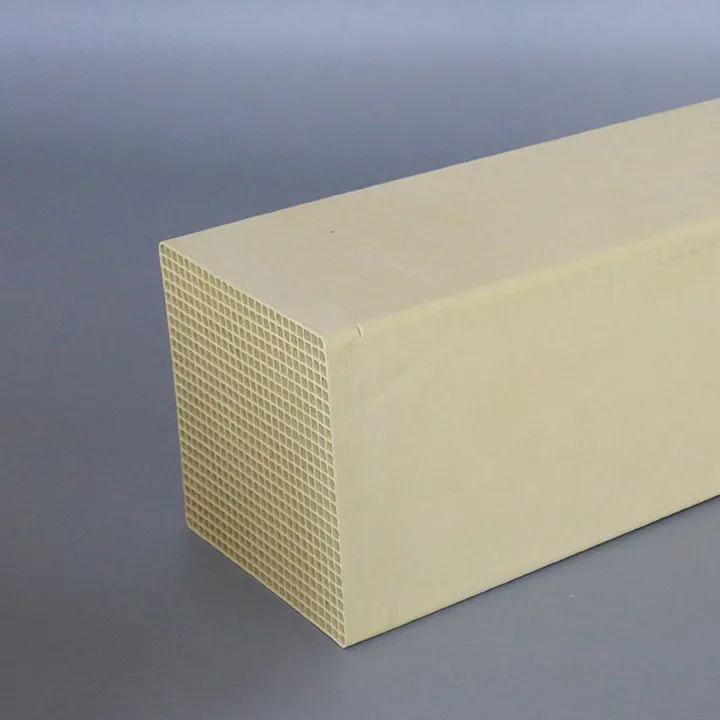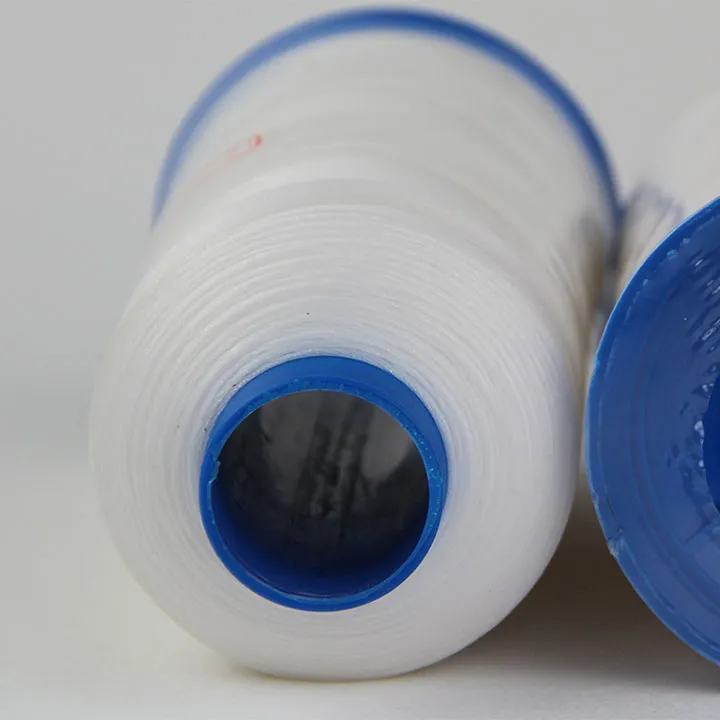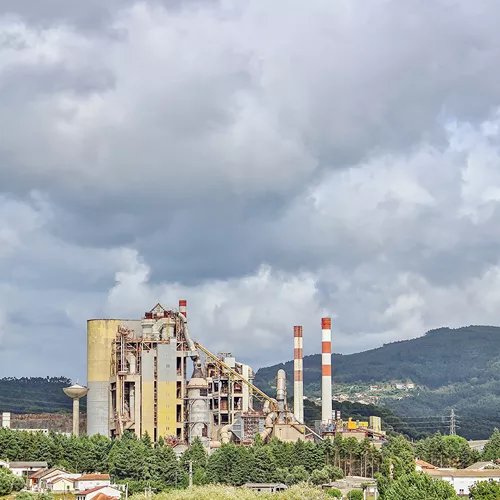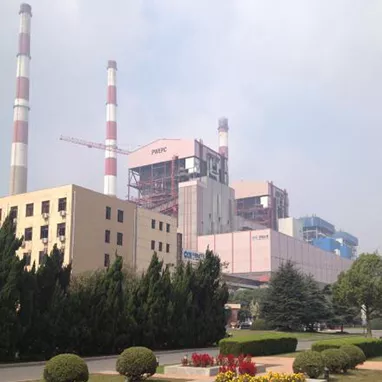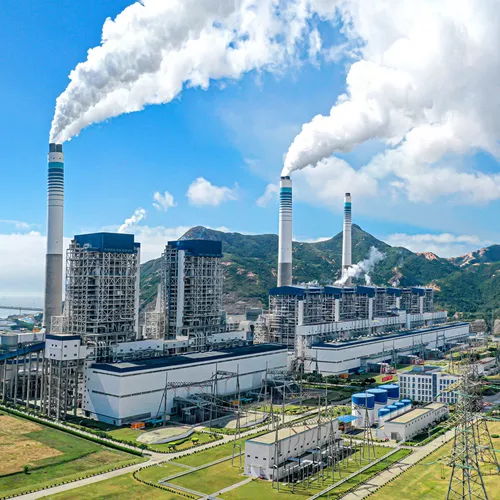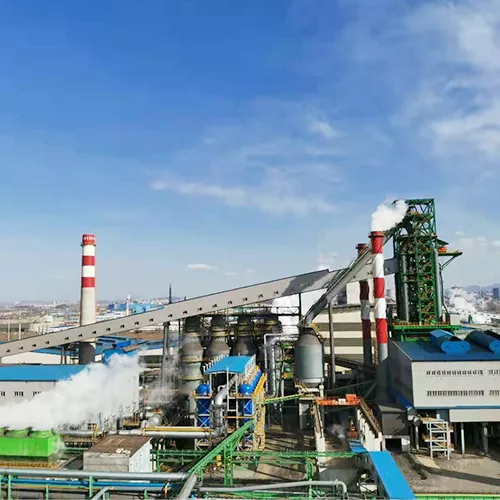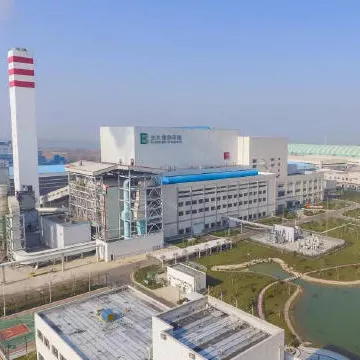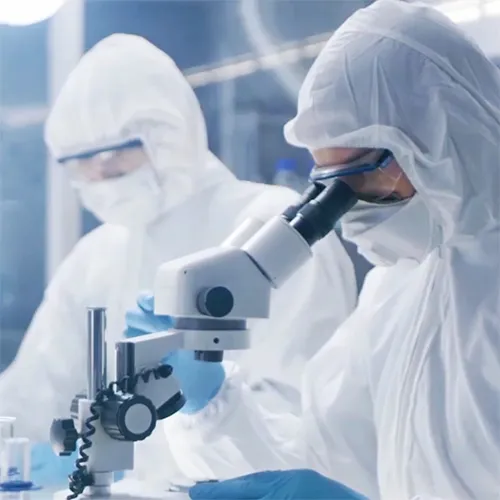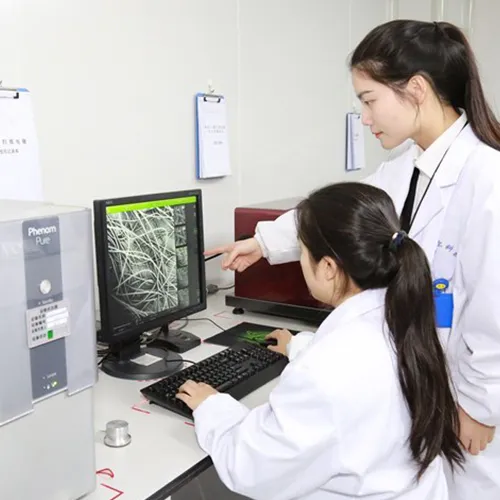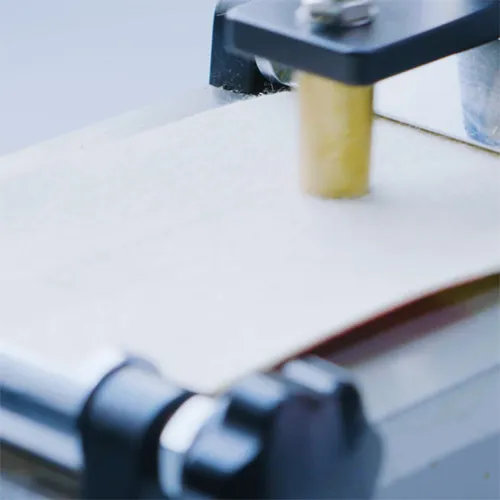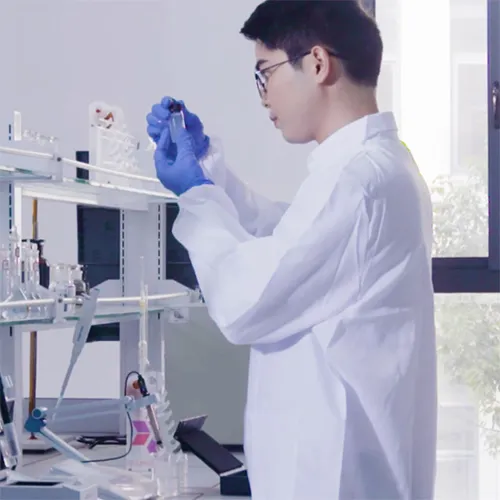انواع متداول کاتالیزورهای نیترات زدایی و مقایسه مزایا و معایب آنها
کاتالیزور نیترات زدایی هسته اصلی فناوری کاهش کاتالیزوری انتخابی (SCR) است و به طور گسترده در صنایع برق، فولاد، سیمان و سایر صنایع استفاده می شود. با توجه به الزامات فرآیند و ویژگی های گاز دودکش، انواع مختلف کاتالیزورها ویژگی های خاص خود را در عملکرد و سناریوهای قابل اجرا دارند. در زیر انواع مختلفی از کاتالیزورهای نیترات زدایی رایج و مزایا و معایب آنها آورده شده است.
1. کاتالیزور لانه زنبوری
ویژگی ها: کاتالیزورهای لانه زنبوری ساختار لانه زنبوری دارد و معمولا از موادی مانند تیتانات تیتانیوم (TiO2) و پنتوکسید وانادیم (V2O5) ساخته می شود.
مزایا: سطح ویژه بزرگ، تماس کافی با گاز و راندمان نیترات زدایی بالا (تا بیش از 90%). افت فشار کم و مصرف کم انرژی. مناسب برای گازهای دودکش با سرعت بالا با مقاومت در برابر ضربه خوب.
معایب: ساخت پیچیده و هزینه بالا. برای گازهای دودکش با محتوای گرد و غبار یا ناخالصی بالا مناسب نیست، به راحتی مسدود می شود.
سناریوی کاربردی: نیترات زدایی گاز دودکش با سرعت بالا در نیروگاه های حرارتی و صنایع شیمیایی.

2. کاتالیزور صفحه تخت
ویژگی ها: ساختار صفحه تخت، کاتالیزور به طور یکنواخت روی بستر پوشش داده می شود.
مزایا: پایداری حرارتی قوی، مناسب برای گازهای دودکش با دمای بالا (بالای 350 درجه سانتیگراد). مقاومت قوی در برابر سولفید. نصب و نگهداری آسان.
معایب: سطح ویژه کمتر نسبت به نوع لانه زنبوری، بازده کاتالیزوری کمی کمتر. تحت تأثیر توزیع نرخ جریان گاز، شرایط عملیاتی پایدار مورد نیاز است.
سناریوی کاربردی: دمای بالا و شرایط گوگرد بالا، مانند صنایع فولاد و سیمان.
3. کاتالیزور فیبر سرامیکی
ویژگی ها: از الیاف سرامیکی به عنوان حامل استفاده می شود و اجزای کاتالیزور در الیاف آغشته می شوند.
مزایا: وزن سبک، نصب و تعویض آسان. سطح ویژه بزرگ، راندمان نیترات زدایی بالا. شکل را می توان با توجه به شرایط کاری سفارشی کرد.
معایب: حساس به شوک مکانیکی، برای گاز دودکش با جریان بالا مناسب نیست. عملیات طولانی مدت مستعد شکستن الیاف است و در نتیجه عمر کوتاه می شود.
سناریوی کاربردی: شرایطی که نیاز به نصب و تعویض انعطاف پذیر دارند، مانند صنایع شیمیایی و دارویی.
4. کاتالیزور مبتنی بر کربن فعال
ویژگی ها: با استفاده از کربن فعال به عنوان یک حامل، عملکردهای نیترات زدایی و جذب را دارد.
مزایا: دارای اثرات جذب بر روی آلاینده های مختلف مانند فلزات سنگین و دیوکسین در گازهای دودکش می باشد. مقاوم در برابر رطوبت بالا، مناسب برای تصفیه گاز دودکش مرطوب.
معایب: راندمان نیترات زدایی نسبت به سایر انواع کاتالیزور کمتر است. حامل کربن فعال قابل اشتعال است و خطر ایمنی بالایی دارد.
سناریوهای کاربردی: کارخانه های زباله سوز، صنایعی که نیاز به تصفیه چند آلاینده به طور همزمان دارند.
5. کاتالیزورهای مبتنی بر فلز
ویژگی ها: فولاد ضد زنگ یا آلیاژ به عنوان بستر، با مواد فعال پوشش داده شده بر روی سطح.
مزایا: مقاومت در برابر دمای بالا، قابل استفاده در شرایط بالای 450 درجه سانتیگراد. مقاومت در برابر سایش قوی، مناسب برای شرایط گرد و غبار بالا. عمر طولانی و هزینه نگهداری کم.
معایب: هزینه مواد بالا. سطح فعال محدود، راندمان نیترات زدایی کمی کمتر.
سناریوهای کاربردی: دمای بالا و محیط گرد و غبار بالا، مانند تصفیه گاز دودکش دم کوره سیمان.
6. کاتالیزورهای دمای پایین
ویژگی ها: می تواند در دمای پایین 150-250 درجه سانتی گراد کار کند.
مزایا: می تواند عملکرد نیترات زدایی بالا را در شرایط دمای پایین حفظ کند و برای سیستم های بازیابی گرمای زباله مناسب است. کاهش هزینه انرژی مورد نیاز برای گرمایش گازهای دودکش.
معایب: به راحتی تحت تأثیر سولفات آمونیوم در اجزای گاز دودکش قرار می گیرد و ممکن است منافذ کاتالیزور را مسدود کند. برای محیط های با رطوبت بالا مناسب نیست.
سناریوی کاربردی: سناریوی انتشار گازهای دودکش در دمای پایین، مانند تصفیه گاز دم دیگ بخار.
عوامل کلیدی برای انتخاب کاتالیزور
شرایط عملیاتی: از جمله دمای گاز دودکش، سرعت جریان، ترکیب (مانند محتوای گوگرد، غلظت گرد و غبار).
استانداردهای انتشار: تعیین بازده نیترات زدایی هدف و انتخاب کاتالیزورهایی با عملکرد مناسب.
بهره وری اقتصادی: هزینه اولیه را با هزینه های طولانی مدت عملیات و نگهداری متعادل کنید.
طراحی کارخانه: راحتی نصب و تعویض کاتالیزور را در نظر بگیرید.
خلاصه
انواع مختلف از کاتالیزورهای نیترات زدایی مزایا و معایب خاص خود را دارند. شرکت ها باید محصولات مناسب را با توجه به ویژگی های عملیاتی خود و اهداف حفاظت از محیط زیست انتخاب کنند. انتخاب و نگهداری معقول نه تنها می تواند استانداردهای حفاظت از محیط زیست را تضمین کند، بلکه مقرون به صرفه بودن را نیز به حداکثر می رساند و از توسعه پایدار شرکت ها پشتیبانی قوی می کند.


